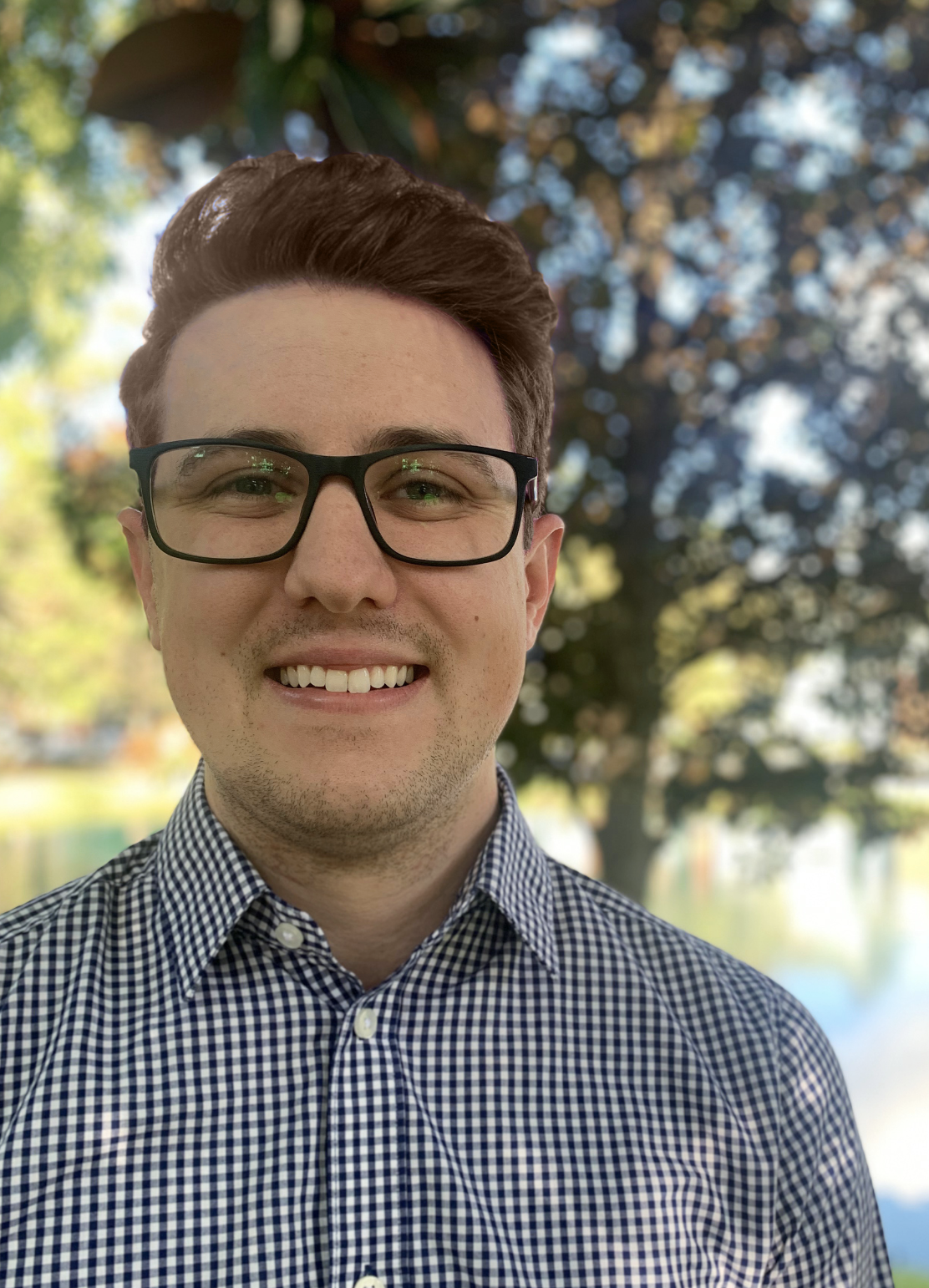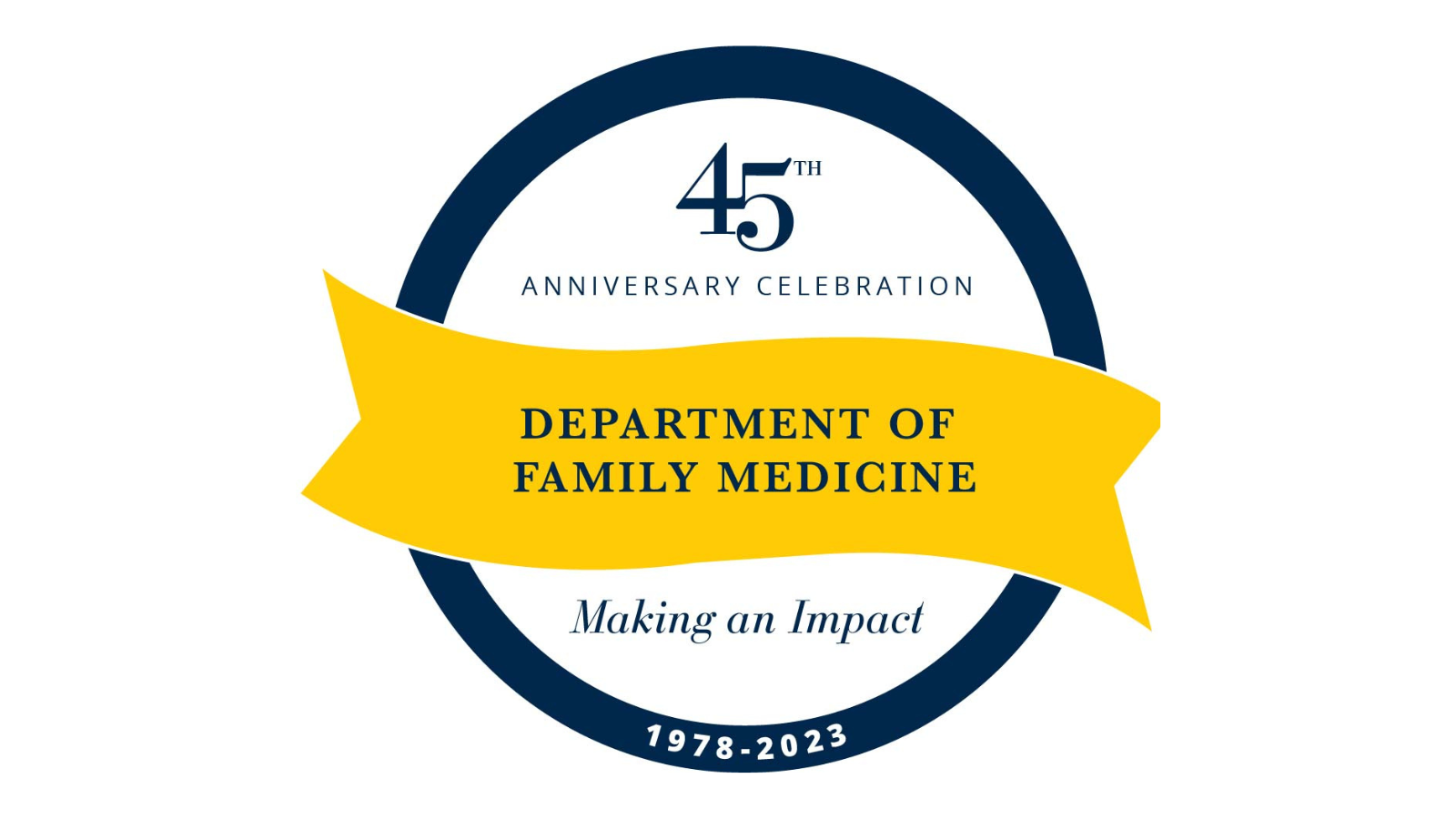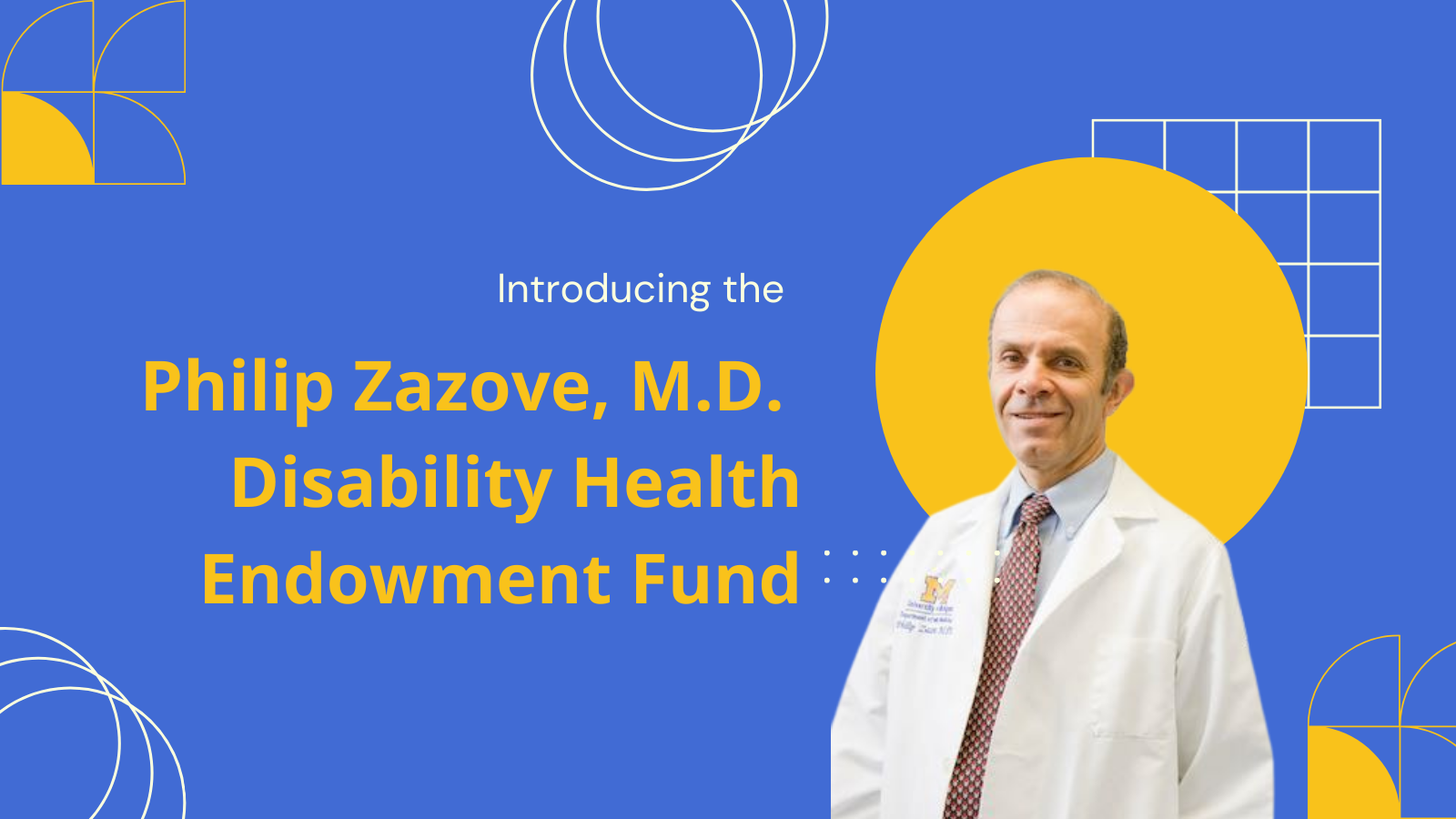In 2017, current Research Fellow Tyler James of the University of Michigan’s Department of Family Medicine was having lunch with a mentor who is Deaf. During lunch, the man felt that he was experiencing a heart attack. Upon arrival at the emergency department (ED), James, the patient and the patient’s family advocated for communication access for over eight hours until an American Sign Language (ASL) interpreter was provided. In the face of a life-threatening emergency, his mentor was unable to communicate with health care providers since they did not know ASL and did not have an ASL interpreter readily available.

At the time, James was a doctoral student studying health behavior and research evaluation methodologies at the University of Florida in Gainesville. He had entered his graduate studies with deep ties to the Deaf community in Florida and had an interest in Deaf advocacy, but was more interested in sexual health behavior and HIV prevention at the time.
The experience of his mentor in the emergency department piqued his interest: what did the health literature have to say about Deaf people’s experiences in the ED? James put on his research cap, searching for peer-reviewed research papers on the topic.
Finding little research in this area, James has since dedicated his research career to working with Deaf communities to investigate inequities in ED care among Deaf and hard-of-hearing people.
“The work that I do could not be done without the support of Deaf community organizations and Deaf community members, who have trusted me to share their stories with the research and medical communities” he said. “The impact Deaf and DeafBlind mentors – in academia and in the community – have had on my work has been immeasurable.”
James received a Patient Engagement Fellowship from the Society for Public Health Education in 2018 to focus on communication experiences of Deaf patients in the ED and began collecting qualitative data among Deaf ASL users about their experiences at the EDs at multiple hospitals in the Gainesville, Fla. area. James, who completed his Ph.D. at the University of Florida in August, interviewed 11 people who identify as d/Deaf, hard-of-hearing, or DeafBlind ASL users about their ED experiences.
As background, Deaf people who primarily use ASL are considered a linguistic and cultural minority group within the broader community of persons who are deaf or hard-of-hearing.

His efforts to document these experiences were recently published in the journal, Qualitative Health Research in a paper titled, “They’re not willing to accommodate Deaf patients”: Communication Experiences of Deaf American Sign Language Users in the Emergency Department.” The paper was published in November.
His co-authors include Kyle A. Coady, BS, Jeanne-Marie R. Stacciarini, Ph.D., RN, FAAN, Michael M. McKee, MD, MPH, David G. Phillips, MA, NIC, David Maruca, BAI, BEI Level III Intermediary and JeeWon Cheong, Ph.D.
McKee is an associate professor in Family Medicine and Physical Medicine and Rehabilitation at the University of Michigan and has served as a mentor to James.
The paper contributes important insights into the experiences of Deaf ASL users in the ED, identifying common challenges experienced with the use of video remote interpreting (most commonly used in the ED for those who are deaf or hard of hearing who communicate using ASL) and on-site ASL interpreters.
James and his team of co-authors found that:
- Requesting communication access can be stressful, frustrating and time consuming for Deaf patients
- Video remote interpreting impeded effective patient-provider communication
- Written and oral communication provides insufficient information to Deaf patients
- ED staff and providers lack cultural sensitivity and awareness towards Deaf patients
The authors note that there is substantial evidence indicating that medical interpreters improve patient health outcomes and hospital quality metrics not only for Deaf ASL users, but also for patients who speak languages other than English. More than 80% of patients who are not English-speaking who request language assistance in the ED do not receive communication aids, such as interpreters. By better understanding the experiences of Deaf people in the ED, the authors write, healthcare facilities are better able to determine the need for quality improvement.
“At the local level, I would hope ED administrators see this paper and say we need to reassess our policies and we need to engage the Deaf community,” James said. “If a Deaf person wants an on-site interpreter, they should get an on-site interpreter. We don’t really have a reason not to provide it to them.”
James also hopes that health administrators consider how their organizations are implementing important accessibility services in compliance with the Americans with Disabilities Act, a civil rights law that prohibits discrimination against individuals with disabilities in all areas of public life -- including jobs, schools, transportation and all public and private places that are open to the general public.
Although some large health systems offer ASL interpreters, many barriers exist: signing styles may vary by region in the United States; skills and fluency of interpreters differ; and some interpreters overstep boundaries with a Deaf person’s healthcare experience, such as asking inappropriate questions, in their interactions with medical staff, according to James et al’s study.
“I think a lot of that can be remedied by licensure law,” said James. “Florida is one of the few states in the U.S. that does not have a licensure requirement for interpreters. Licensure will provide a route where (ASL interpreters) will be screened. And if there is an ethical dilemma (between those who are Deaf and interpreters), there needs to be a system in place where Deaf people can report this.”
David Maruca, a study co-author and certified Deaf interpreter working in Florida, further underscored the importance of licensure.
“Licensure would guarantee both Deaf consumers and hospitals the kind of accountability they need when working with third party contracting agencies,” he said “It’s time that hospitals know what they’re paying for and time for Deaf people to have a path to express the quality of their experience.”
As James looks into the future as a health services researcher focused on health inequities experienced by people with disabilities, he has been happy to find his research home in U-M’s Department of Family Medicine. “In wanting to be a leader in disability health, I needed to be in a better environment to do that,” he said. “The University of Michigan is light years ahead of other health organizations in regards to disability health. I wanted to be in the best possible place to do this research.”
Article citation: James TG, Coady KA, Stacciarini J-MR, et al. “They’re not willing to accommodate deaf patients”: Communication experiences of deaf american sign language users in the emergency department. 2021. doi:10.31219/osf.io/xwka5
 Visual Abstract
Visual Abstract
How accessible are emergency departments for Deaf ASL Users? Results of a qualitative study exploring the care experience of eleven deaf people who use American Sign Language (ASL) after seeking care at an emergency department in North Central Florida over a two-year period. The body of the infographic text reads as follows. Requesting ASL interpretation can be stressful, frustrating, and time-consuming. Video Remote Interpreting (VRI) services were often unhelpful, if available at all. Many care providers lacked awareness of how to interact with Deaf patients in a culturally-sensitive manner. Patient requests for on-site ASL interpreters were largely denied. Patients who received written or spoken communications in lieu of ASL interpretation felt that this information was insufficient. Source: James TG, et al. “They’re not willing to accommodate Deaf patients”: Communication experiences of deaf American Sign Language users in the emergency department. Qualitative Health Research.


